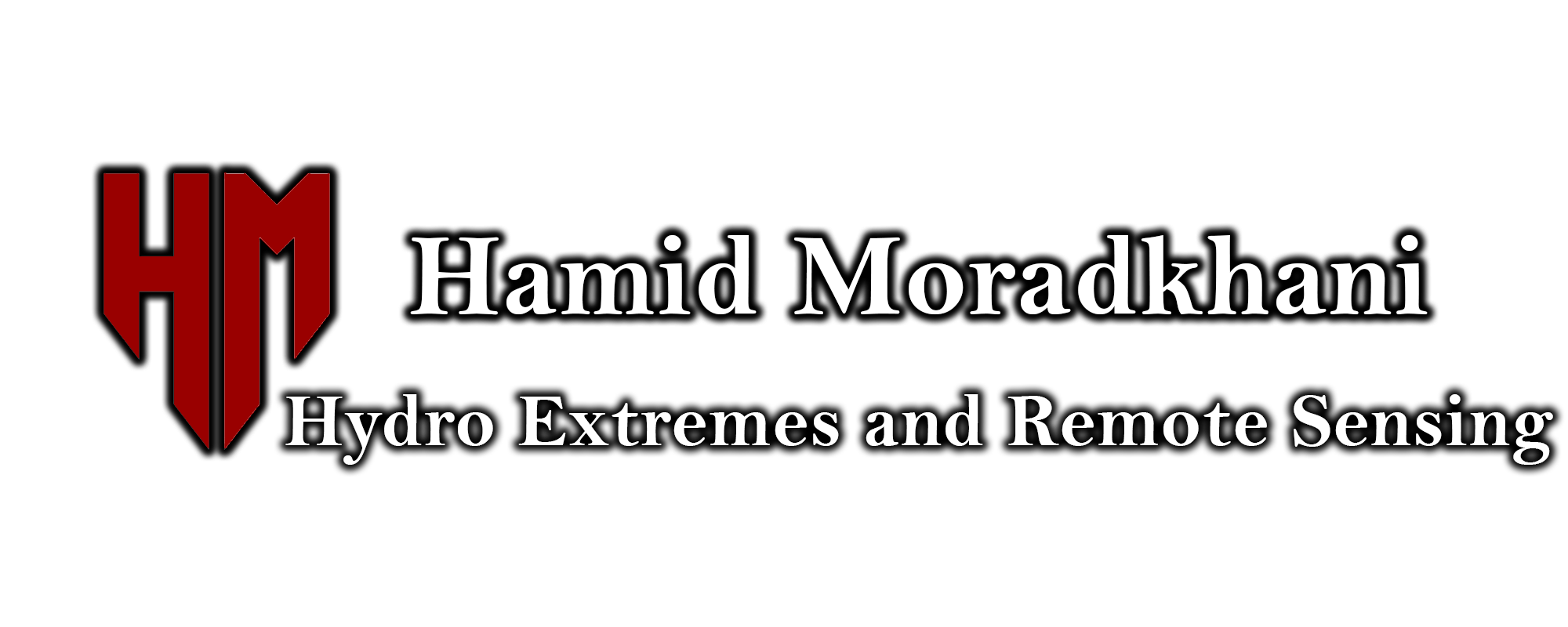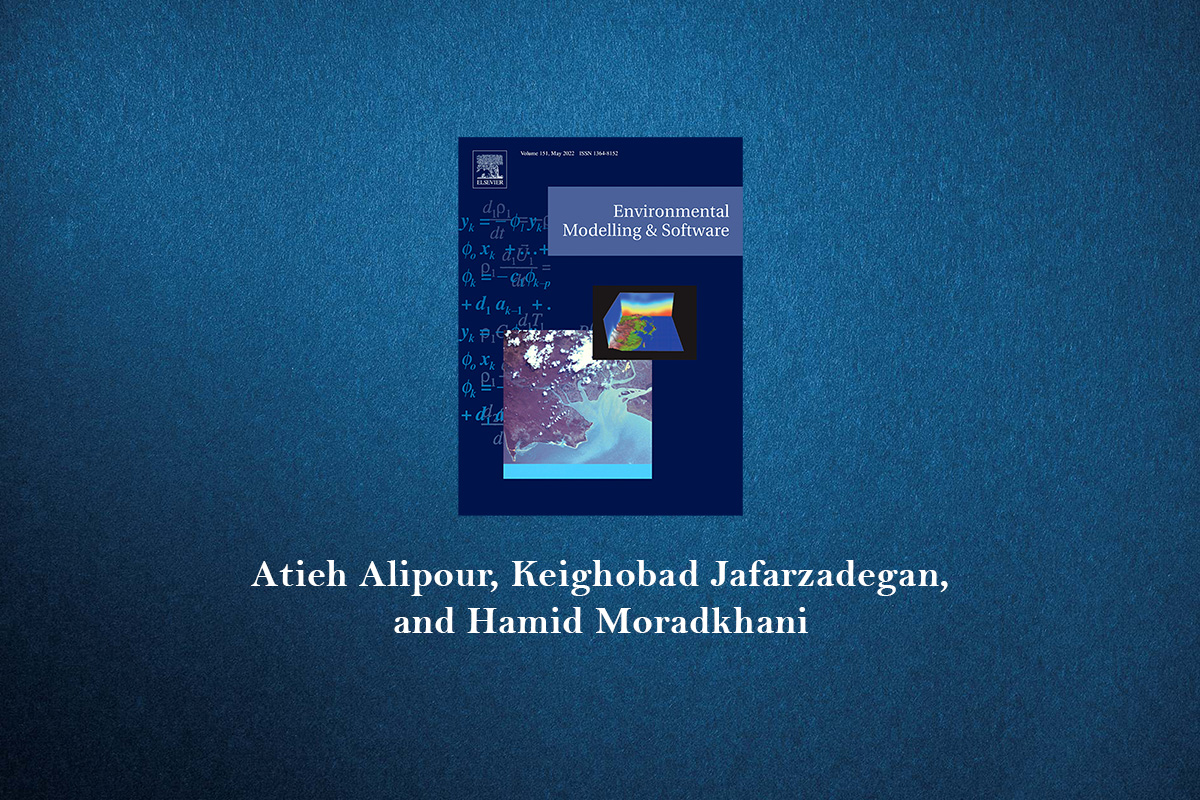Flood simulation with two-dimensional hydrodynamic models is subject to different sources of uncertainties in model configuration, boundary conditions, and model parametrization. HEC-RAS 2D is a widely used hydrodynamic model. Here, we assess the sensitivity of the HEC-RAS 2D to its configuration factors and parameters. We evaluate the impacts of different model configuration factors, including the floodplain and channel roughness coefficients, terrain and mesh size, as well as river boundary conditions on the dynamic of water levels, maximum water level, and flood extent, and determine the importance of these contributing factors for reliable flood inundation modeling using both variogram and variance-based analyses. For our case study, we found that depending on the perturbation scale, the performance measure, and the predicted output, the sensitivity to input factors changes. While for simulation of water level dynamics, the DEM and mesh resolutions are the most important factors, for flood extent mapping the floodplain roughness coefficient and the upstream boundary condition are the key factors. In addition, our analyses indicated that for a reliable simulation of maximum flood water level, modelers need to spend resources on the calibration of floodplain roughness coefficient while using fine DEM and mesh resolutions. Here, we also investigate the role of computational time interval and mesh resolution on the model’s run time and accuracy. Our results suggested that reducing the computational time interval has minimum impact, as it increases the model run time without much improving the model accuracy… Read more










